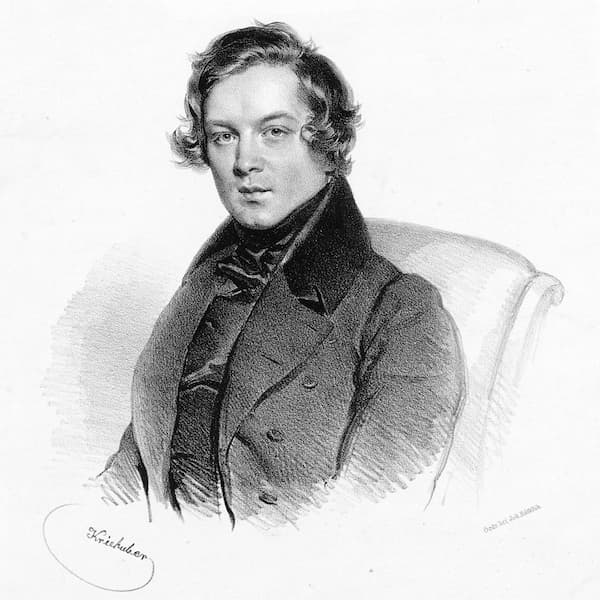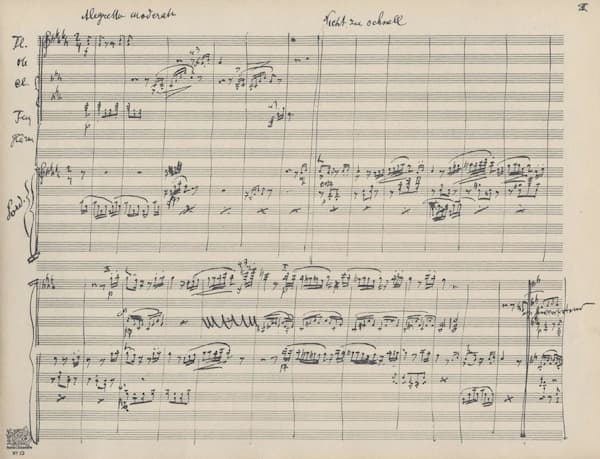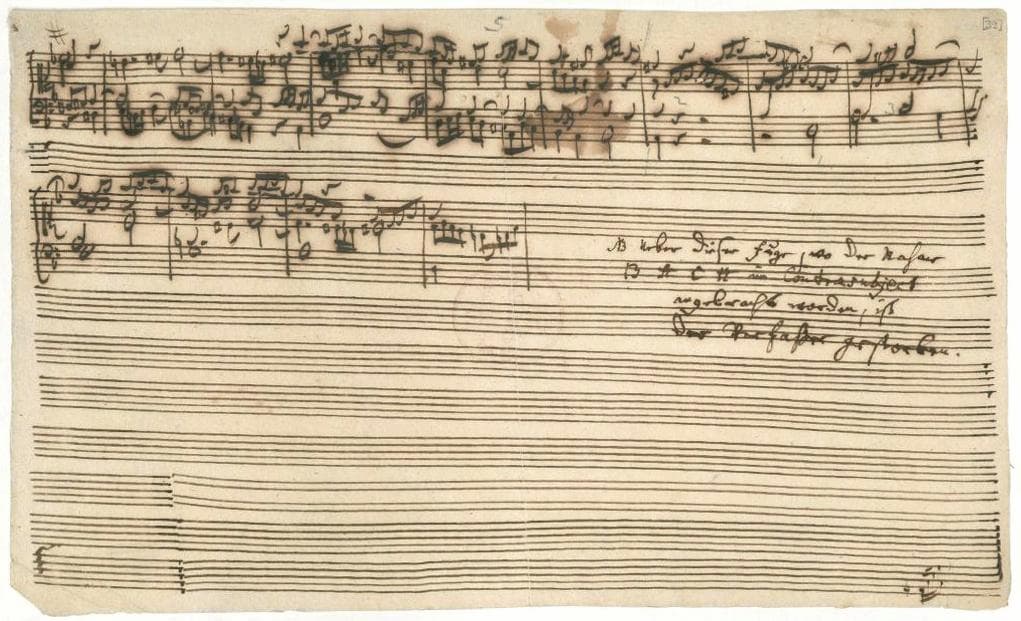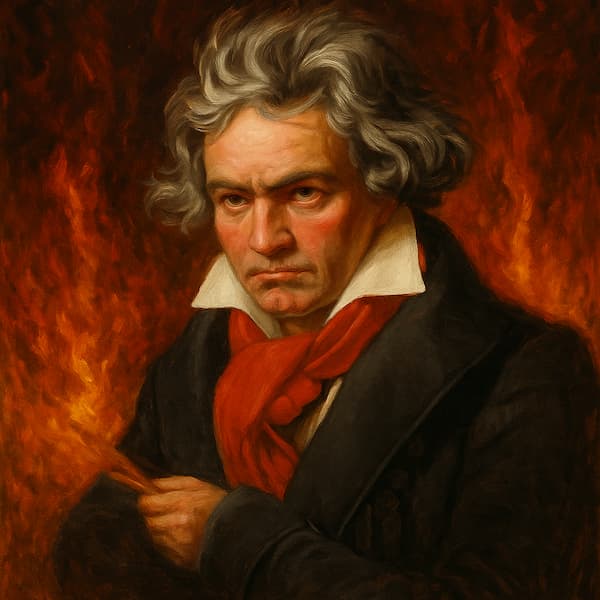Let us continue with our exploration of unfinished classical masterpieces.
Anton Bruckner: Symphony No. 9 “Finale”
When Anton Bruckner died in 1896, he left a major symphony in D minor incomplete. Dedicated to “the beloved God,” this symphony No. 9, not at all surprisingly for Bruckner, underwent a lengthy period of gestation. He drafted the first movement but stopped work in order to revise his 8th symphony. And while he was at it, Bruckner also revised his 3rd symphony. In the middle of these revisions, he prepared his 2nd symphony for publication and decided to revise his 1st and his 4th symphony.
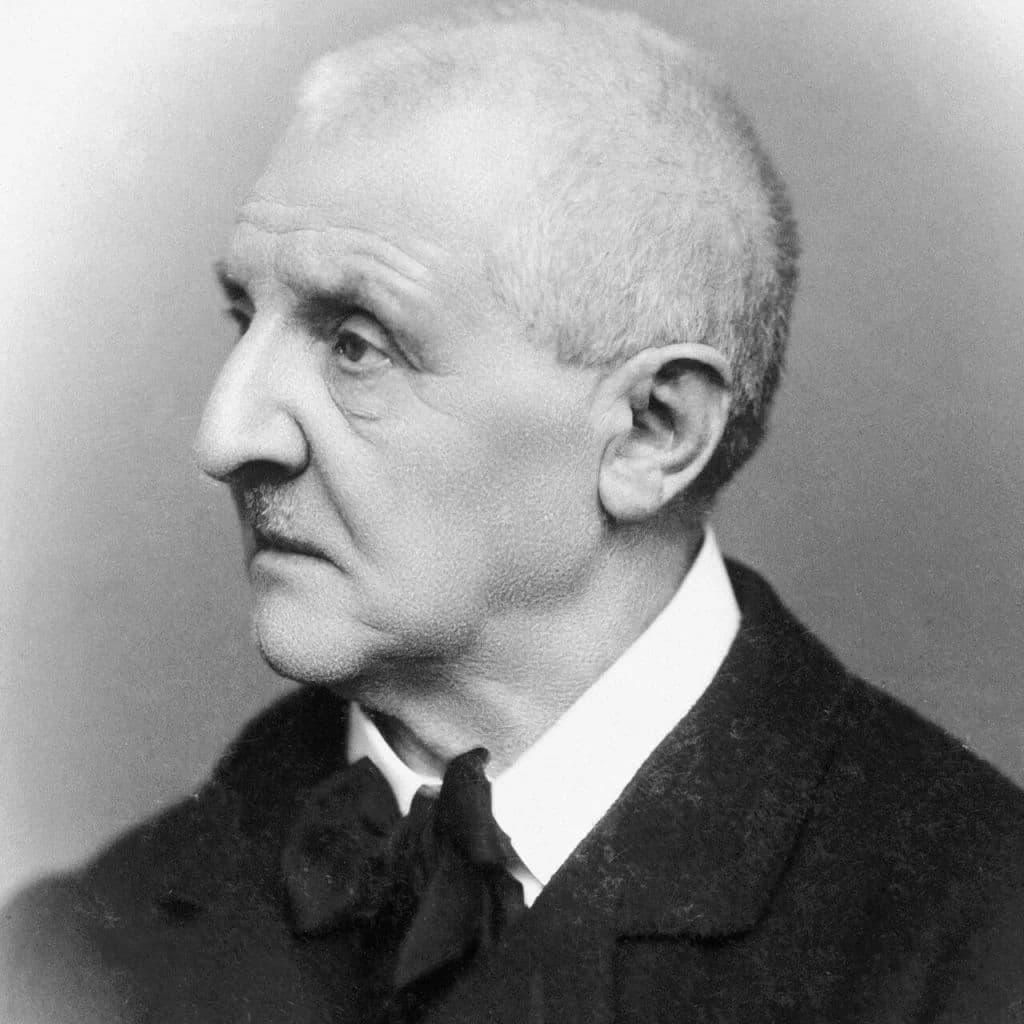
Anton Bruckner
It took Bruckner the better part of six years to complete the first movement of the Ninth, followed by the scherzo 2nd movement. Unsure how to continue, Bruckner drafted three successive versions of the trio, followed by an Adagio. He did draft parts of the fourth movement but died before he was able to complete the work. The first three movements received their premiere performance in 1903, and since then, there have been a number of attempts to prepare a completed version for performance. And that includes an attempt fashioned by a committee of musicologists, composers and conductors.
Pyotr Il’yich Tchaikovsky: String Quartet Movement in B-flat Major
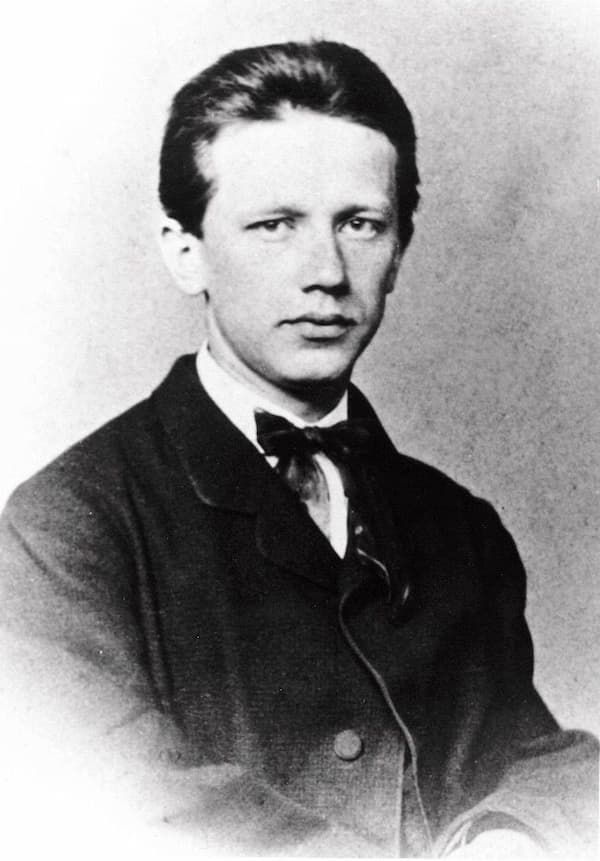
Pyotr Il’yich Tchaikovsky, 1863
Pyotr Il’yich Tchaikovsky: String Quartet Movement in B-flat Major (Klenke Quartet)
During his student days at the St Petersburg Conservatory, Pyotr Ilyich Tchaikovsky was busily working on a string quartet in B-flat major. Students of the Conservatory performed the work in 1865 as part of a musical evening. But what was actually performed at that time? Today, only one movement of that particular string quartet survives, namely an Allegro with an introduction and coda. While Modest Tchaikovsky suggested, “there may have been other movements that were later destroyed by the composer,” Herman Laroche—a lifelong friend—remembered that only one movement was ever composed. Some parts of this string quartet seem to have found their way into different compositions, but an important manuscript source has sadly been lost. All we know with some degree of certainty is that the Ukrainian song Tchaikovsky first heard during the summer of 1865 found its way into the first movement of this string quartet and also into the piano piece Scherzo à la russe.
Franz Liszt: Sardanapalo (excerpt from the world premiere 2018)
Some of the most exciting news in recent memory was the premiere of an unfinished opera by Franz Liszt in 2018. Franz Liszt wrote an opera, I hear you say? As it turns out, Liszt worked on his opera Sardanapalo—based on a verse play by Lord Byron—between 1845 and 1852. Liszt informed Richard Wagner that the opera would soon be ready for a production in Paris or London, and his assistant Joachim Raff was already tasked to provide a provisional orchestration.
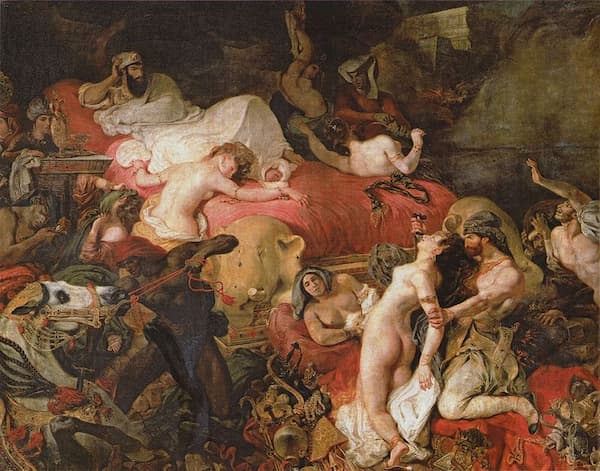
Eugène Delacroix: The Death of Sardanapalus
For one reason or another, Liszt completely abandoned his work on the opera, but not before notating the first act on 110 pages of continuous music. Written in a detailed but difficult to decipher shorthand, Liszt also left instrumental cues for the orchestration, but there is no evidence that acts 2 and 3 were ever notated. That particular musical puzzle remained unsolved until 2016 when the British musicologist David Trippett produced a critical edition and a performance version of the first act. As such, it was premiered in Weimar on 19 August 2018. Critics called it “absolutely fascinating and a thrilling piece of music…think Bellini reimagined by Wagner, and you have some idea of the vast emotional sweep of this gripping music.”
Franz Schubert: Piano Sonata No. 15, D 840 “Reliquie”
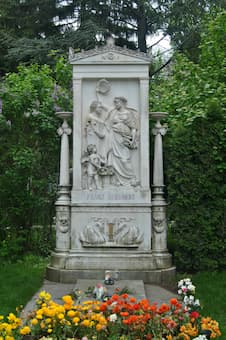
Grave of Franz Schubert at at Central Cemetery Wiener Zentralfriedhof
Franz Schubert worked on a piano sonata in C major in April 1825. However, he left the work incomplete, and when it was first published in Leipzig in 1861, it was dubbed the “Reliquie.” Commentators mistakenly assumed that it must have been Schubert’s last piano sonata. Well, Schubert did not die, but he did leave this sonata unfinished. Once the myth of the composer’s death had been discarded, it became a common assumption that Schubert was frustrated with the score of the “Reliquie” and was unsure how to go about completing the work. The composer had finished scoring the “Moderato” first movement and the “Andante” second movement. The third movement “Minuetto” in A-flat Major, comprises an incomplete “Minuetto” section, and breaks off after about 80 measures, and is followed by a complete “Trio” in G-sharp minor. The concluding “Allegro” is scored in the tonic key, but the music breaks off at measure 271 in the key of A Major. Scholars nowadays believe that Schubert simply set the unfinished movements aside in order to begin work on some new compositions. In Schubert’s mind, presumably, the sonata was complete, but for some reason, he failed to write it all down. Given the large scope and extent of the material that Schubert left for the incomplete movements, the “Reliquie” has inspired various composers and performers to undertake more or less successful completions.
For more of the best in classical music, sign up for our E-Newsletter

